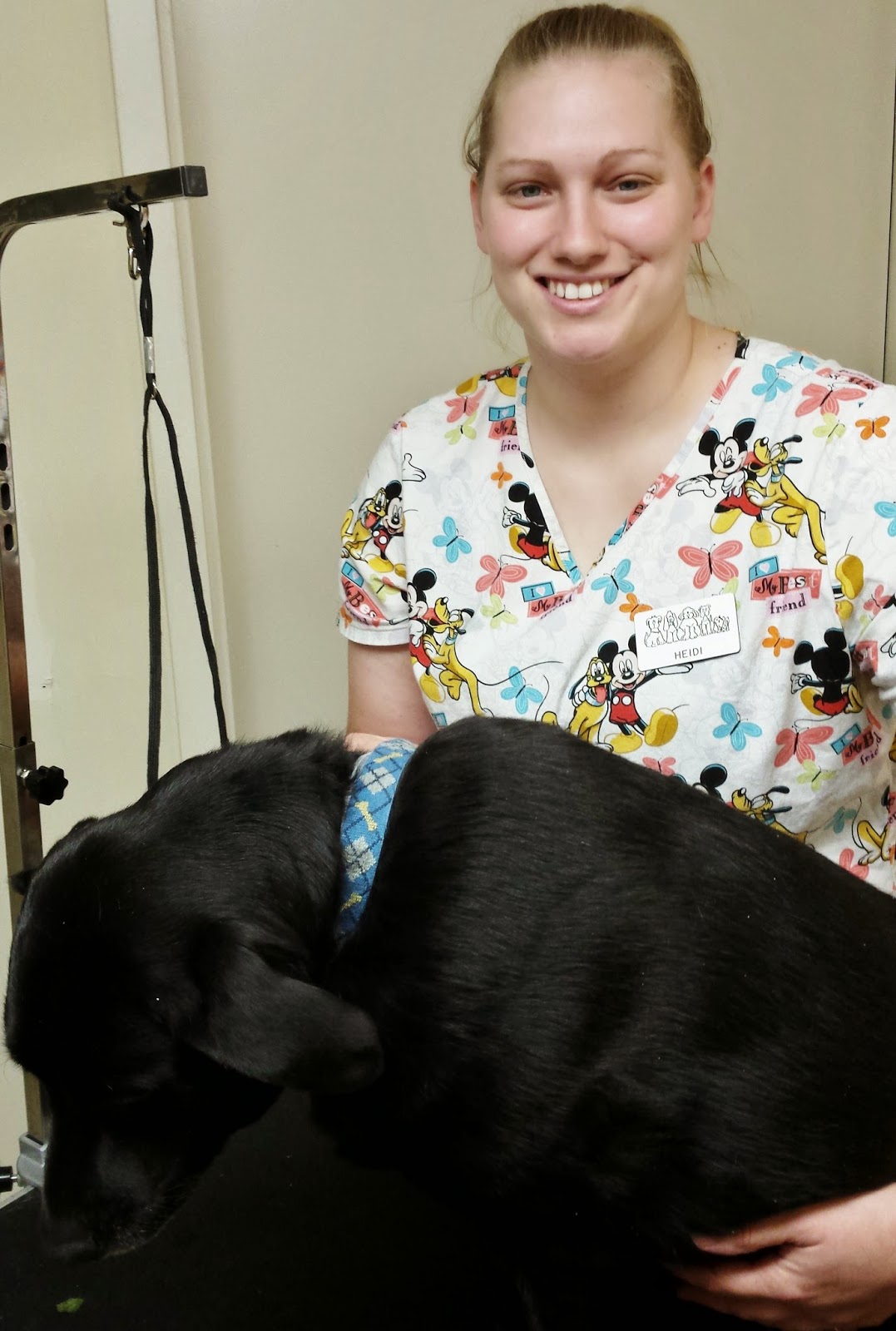What would you do if you found your dog outside fighting with a raccoon? Or if you found your inside-only cat playing with a dying bat inside your home? You might think that these are uncommon occurrences, but these scenarios do happen and could have a deadly outcome. Rabies remains a major concern worldwide, killing more than 55,000 people every year.
Rabies is a disease we usually think of as having well under control with vaccines, but despite mandatory vaccines for all pets, hundreds of cats, dogs, horses, and other domestic animals contract this killer each year. The deadly disease seems to emerge each spring and summer as a problem in foxes, raccoons, skunks and bats and can be transmitted to pets and people through contact with their saliva. Rabies is a very scary disease because it is fatal to both people and unvaccinated pets. The good news is with vaccination, rabies is almost 100% preventable in our animals and with some common sense precaution when it comes to wildlife.
Vaccination of your animals is the best way to prevent rabies. Vermont state law requires that all dogs and cats be vaccinated for rabies. If your pet is not vaccinated and fights with an unknown wild animal (or even a confirmed rabid one), your pet will be required to be quarantined for six months. Please remember that your unvaccinated pet can infect you and your family and that rabies is always fatal to our unvaccinated pets. There is no treatment and the only way to test for rabies in our pets is to examine a post-mortem sample of brain tissue.
Never assume that your "indoor" only pet is safe from rabies, either. Bats, the largest reservoir of rabies virus in North America, can easily find their way into homes. Attracted to their fluttering flight or a dying bat on the floor, our pets, especially cats, risk exposure. And, since bat bites are almost undetectable due to their size, you might miss the fact that your pet has been bitten.
 Finally, always contact an animal control officer or wildlife expert if you see a wild animal acting strangely. Wild animals are just that: they avoid humans and should run away when they see you. Most are active at night, too. So if you see a wild animal in your yard that doesn't appear to be afraid of you, especially in broad daylight, or if it is acting strangely, do not attempt to capture the animal on your own. Keep your pets inside so they are not exposed, and call animal control. It is especially important that cats that spend a significant time outdoors, and thus may come in contact with wild animals without the knowledge of the owner, be fully vaccinated.
Finally, always contact an animal control officer or wildlife expert if you see a wild animal acting strangely. Wild animals are just that: they avoid humans and should run away when they see you. Most are active at night, too. So if you see a wild animal in your yard that doesn't appear to be afraid of you, especially in broad daylight, or if it is acting strangely, do not attempt to capture the animal on your own. Keep your pets inside so they are not exposed, and call animal control. It is especially important that cats that spend a significant time outdoors, and thus may come in contact with wild animals without the knowledge of the owner, be fully vaccinated. For more information including a county-by-county summary of rabies cases in Vermont, go to http://healthvermont.gov/
By M. Kathleen Shaw, DVM
Vermont Veterinary Medical Association
###
The Vermont Veterinary Medical Association (VVMA), founded in 1898, is a professional organization of over 330 veterinarians dedicated to compassionate animal care and quality medicine. For more information, visit www.vtvets.org or call (802) 878-6888.





